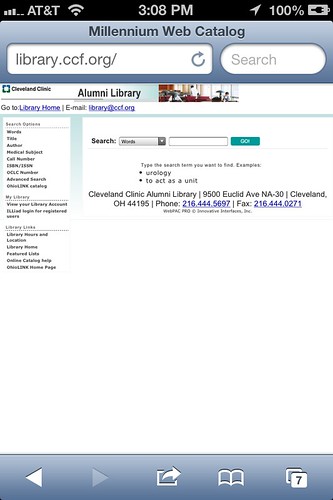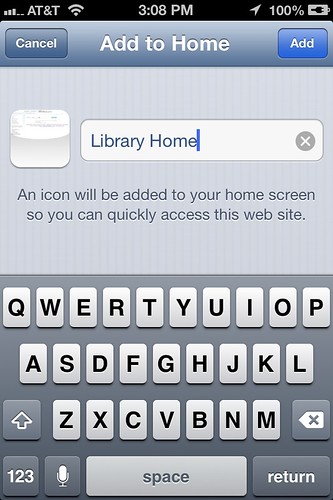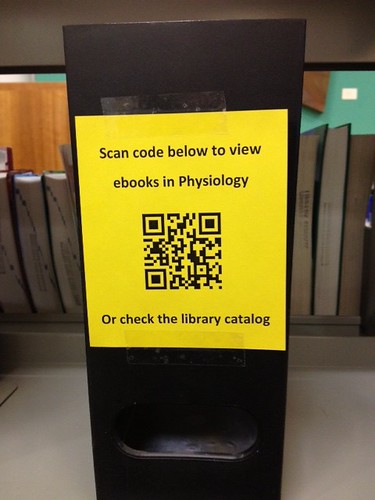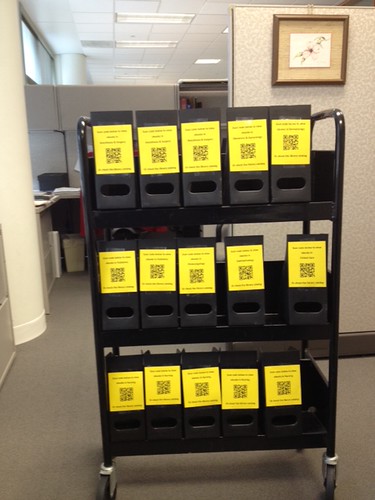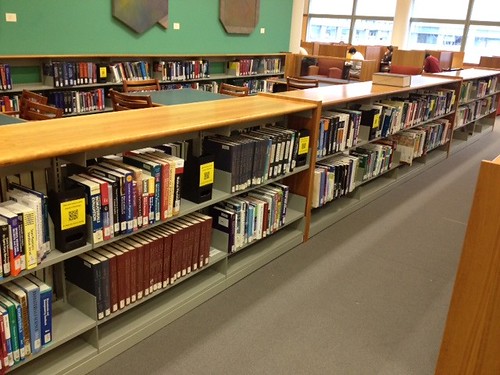Wow time flies when you are having fun, or staring at the screen of your cell phone. Did you know it has been over 10 years since the first iPhone was released?
According to an article in Computerworld “Nine of 10 healthcare systems plan significant investments in smartphones and secure unified communications over the next 12-18 months.” (April 4, 2018) More and more hospitals systems are providing cell phones to their care givers and integrating their usage into their workflow (access the EHR, lab results, pharmacy orders, etc.) The cell phone is the individual’s portable computer. An older (2013) report stated 74% of their surveyed physicians used a smartphone for professional purposes which included using diagnostic tools, drug information, and reading articles. Back in 2013 they stated the most often used app on a tablet was an app for medical journals/newspapers/magazines followed by diagnostic apps. In 2017 the Physicians Practice 2017 Tech Report, shows that reading journals on a mobile device is still very popular. In this survey it was the second most reported activity physicians did when using their smartphone at work. Looking up drug information was first, reading articles was second and looking up diagnosis and treatment information was third. Of the responding physicians, 64% reported using mobile technologies for reading journals online (slide 12). The need to read articles on a mobile device has remained important to physicians over the years.
Not surprisingly medical libraries have been adapting to this for some time. Many libraries have optimized their websites to be more mobile friendly. Lots of libraries have web pages or libguides dedicated to mobile apps (just a few examples: HSLS University of Pittsburgh, Becker Medical Library Washington University, Health Sciences Library UNC) The demand for reading journal articles on mobile devices is big. Browzine and Read by QxMD are the two main apps for reading journal articles online.
Our patrons rely upon full text information being available. They want to access the full text of an article quickly and easily. Why do you think Sci-Hub got so popular? Science reported “many users can access the same papers through their libraries but turn to Sci-Hub instead – for convenience rather than necessity.” Given this information, it is important that access to the library’s full text article be easy to access when searching the literature databases, regardless of the device used. So it surprised me the other day when I was struggling to help a physician access the full text of an article when they were using PubMed on their cell phone. We tried everything, but it always resolved out to the publisher (not always the way we own the article). It did not use not our Outside Tool that we set up. I even tried finding a way tap the link that says go to full website. No dice. We could not access the library’s subscribed journal article in PubMed on the cell phone. Surely I was missing something obvious. Surely NLM has figured out away in 2019 to connect physicians to their library’s full text collection while searching PubMed on their cell phone.
Well I was wrong. I reached out to NLM and a person from the MEDLARS Management Section responded they “don’t currently offer a way to populate library links (via Outside Tool or LinkOut for Libraries) on the mobile PubMed site. If the URL to the publisher happens to activate IP authentication on the publisher end, your users will get access via your subscription.” Basically that means IF your user is ON your IP range AND you get the article from the publisher (not via consortia, full text database, or other means) THEN your user can get access. That is not good. Even on campus, a lot of articles are inaccessible. Off campus…well nothing is available.
So what are other librarians suggesting to their patrons? Our patrons use Browzine to keep current with their favorite journals and they love it. But what do you suggest for people who search for articles on a topic? Are you still encouraging them to use PubMed from the cell phone even though access to full text articles will be difficult and frustrating for them? Are you suggesting other sites or apps for searching MEDLINE? What about Ovid MEDLINE? Or is this question pointless because everyone searches Google, gets frustrated accessing the full text and runs to Sci-Hub?
I am very interested in hearing other librarians’ thoughts on what mobile apps or mobile friendly sites they use to search MEDLINE that preserves the library full text linking. Leave a comment.
